Home>Articles>How To Defrost Fridge Freezer Without Turning It Off
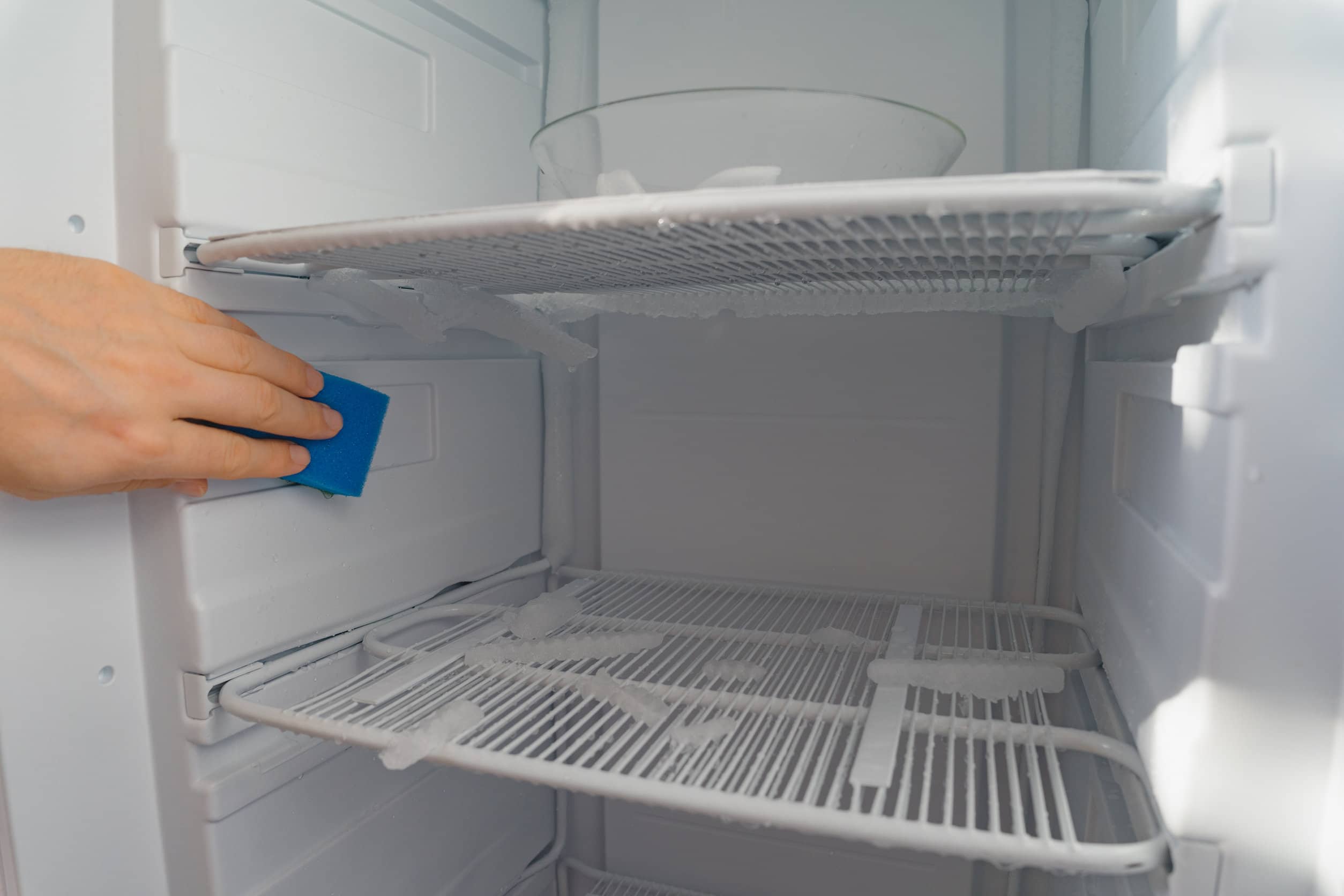

Articles
How To Defrost Fridge Freezer Without Turning It Off
Modified: May 6, 2024
Discover how to defrost your fridge freezer without the need to turn it off. Read our informative articles for step-by-step instructions and expert tips.
(Many of the links in this article redirect to a specific reviewed product. Your purchase of these products through affiliate links helps to generate commission for Storables.com, at no extra cost. Learn more)
Introduction
Having a refrigerator with a built-in freezer is a convenient way to store perishable food items and keep them fresh for longer periods. However, over time, frost and ice can build up in the freezer compartment, affecting its efficiency and storage capacity. Traditional methods of defrosting a fridge freezer require turning off the appliance and waiting for the ice to melt, which can be time-consuming and inconvenient.
In this article, we will explore how to defrost a fridge freezer without turning it off. By following these steps, you can remove ice buildup in a more efficient and practical manner, allowing your fridge freezer to function optimally.
Before we dive into the process, let’s first understand why defrosting your fridge freezer is necessary.
Key Takeaways:
- Efficiently defrost your fridge freezer without turning it off by following safety precautions, gathering necessary supplies, and using warm water to speed up the process. Maintain optimal performance and maximize storage space.
- Prioritize safety, gather supplies, and follow a step-by-step guide to defrost your fridge freezer without turning it off. Implement tips for efficient defrosting and maintain regular maintenance to ensure optimal performance and longevity.
Read more: How To Defrost A Mini Fridge Freezer
Understanding the Need to Defrost a Fridge Freezer
Over time, the freezer compartment of a fridge can accumulate frost and ice due to various factors such as temperature fluctuations, opening and closing the door frequently, and the presence of moisture. This can lead to several problems if left unaddressed.
Firstly, excess ice buildup reduces the available storage space inside the freezer. This can be extremely frustrating, especially when trying to fit bulky items or stock up on frozen goods. Additionally, the presence of excessive ice can interfere with the freezer’s cooling mechanism, forcing it to work harder and consume more energy to maintain proper temperatures.
Furthermore, a thick layer of ice can hinder the freezer’s ability to properly circulate cold air, leading to inconsistent cooling and potential spoilage of frozen items. This can result in significant food wastage, financial losses, and inconvenience.
Defrosting your fridge freezer periodically is essential for maintaining its performance and extending its lifespan. By removing the ice buildup, you can optimize the freezer’s efficiency, ensure adequate storage space, and prevent potential malfunctions or breakdowns. It is recommended to defrost your fridge freezer at least once every three to six months, depending on the level of ice accumulation and usage patterns.
Now that we understand the importance of defrosting, let’s move on to the necessary safety precautions to consider before undertaking the process.
Safety Precautions to Consider
Before you start the defrosting process, it is important to prioritize your safety and take necessary precautions to avoid any accidents or damage to your fridge freezer. Here are some key safety measures to keep in mind:
- Unplug the appliance: Before you begin defrosting, make sure to unplug the fridge freezer from the power source. This will prevent any electrical hazards and ensure your safety during the process.
- Protect the surrounding area: Place towels or plastic sheets around the fridge freezer to catch any water that may drip during defrosting. This will prevent water damage to your floors and surrounding furniture.
- Empty the freezer: Remove all the items from your freezer and transfer them to a temporary cooling storage, such as a cooler or another freezer. This will prevent any food spoilage and make it easier to clean the freezer later.
- Use protective gear: Consider wearing gloves to protect your hands from the cold temperature and any sharp edges within the freezer compartment.
- Avoid using sharp objects: Refrain from using sharp tools such as knives or ice picks to scrape off the ice. This can damage the interior of the freezer and increase the risk of injury.
- Allow ample time: Plan the defrosting process when you have enough time to complete it without rushing. It may take several hours for the ice to melt, so ensure that you have enough time before you start.
By following these safety precautions, you can ensure a smooth and secure defrosting process for your fridge freezer. Once you have taken the necessary safety measures, gather the supplies you will need for defrosting.
Gathering the Necessary Supplies
Before you begin the defrosting process, it’s essential to gather the necessary supplies to ensure a smooth and efficient defrosting experience. Having these items at hand will make the process more convenient and help you complete it without any delays. Here’s a list of supplies you will need:
- Large containers or bowls: You will need containers or bowls to collect the ice and water as it melts. Ensure they are large enough to accommodate the melting ice and prevent any spills or leaks.
- Towels or rags: Keep a stack of towels or rags handy to wipe away excess water and dry the freezer once the defrosting is complete.
- Warm water: Prepare a container of warm water that you can use to speed up the defrosting process. You can fill the sink or a large container with warm water.
- Plastic scraper or spatula: While it’s important to avoid using sharp objects, a plastic scraper or spatula can be helpful to gently remove any loose ice or frost.
- Baking soda or mild detergent: Prepare a mixture of warm water and baking soda or mild detergent. This solution will help clean the interior of the freezer and eliminate any odors that may have developed.
- Cooler or temporary storage: As mentioned earlier, you will need a temporary storage solution to keep your frozen items while defrosting the freezer. Prepare a cooler or another freezer where you can safely store the perishable items.
Having these supplies readily available will streamline the defrosting process and make it more efficient. Once you have gathered all the necessary supplies, you can proceed with the step-by-step guide to defrost your fridge freezer without turning it off.
To defrost a fridge freezer without turning it off, first remove all the food and store it in coolers or insulated bags. Then, place towels at the bottom of the freezer to soak up the water as the ice melts. Use a hairdryer on a low setting to gently melt the ice, being careful to avoid any electrical components. Once the ice is melted, dry the inside of the freezer thoroughly before turning it back on.
Step-by-Step Guide to Defrosting a Fridge Freezer Without Turning It Off
Now that you have taken the necessary safety precautions and gathered the supplies, you’re ready to begin the defrosting process. Follow these step-by-step instructions to defrost your fridge freezer without turning it off:
- Empty the freezer: Start by removing all the items from the freezer and transferring them to a temporary storage solution, such as a cooler or another freezer. This will prevent any food spoilage during the defrosting process.
- Prepare the warm water: Fill the sink or a large container with warm water. Make sure the water is not too hot, as it can damage the interior of the freezer. Warm water will help accelerate the melting process.
- Place containers: Position the large containers or bowls in the freezer to collect the melting ice. Make sure they are strategically placed to catch the water as it drips down.
- Close the freezer door: Close the freezer door to retain the warmth and encourage faster melting. This will also help prevent any water spills or leaks outside the freezer.
- Apply warm water: Pour or spray warm water on the icy areas of the freezer. Focus on the areas with the thickest ice buildup. Allow the warm water to sit for a few minutes to loosen the ice.
- Gently remove the ice: Use a plastic scraper or spatula to gently remove the loosened ice. Be careful not to scrape too hard to avoid damaging the freezer surface. Wipe away the removed ice with a towel or place it directly in the containers.
- Repeat the process: Continue applying warm water to the remaining icy areas and gently remove the ice until all the ice has melted. This may require several rounds of spraying warm water and scraping the ice.
- Clean and dry the freezer: Once all the ice has melted, use a mixture of warm water and baking soda or mild detergent to clean the interior of the freezer. Wipe down all the surfaces and shelves to remove any residue or odors. Then, dry the freezer thoroughly with a clean towel or rag.
- Return the items to the freezer: Once the freezer is dry, return the frozen items from the temporary storage back into the freezer. Make sure to organize them neatly to maximize space and facilitate easier access.
- Plug in the fridge freezer: Finally, plug in the fridge freezer back into the power source. It will start cooling down and reach the desired temperature gradually, ensuring your food stays fresh and safe.
Following these steps will help you defrost your fridge freezer without turning it off, keeping the process efficient and hassle-free. However, there are a few additional tips that can further enhance your defrosting experience.
Read more: How To Clean A Freezer Without Defrosting
Tips for Efficient Defrosting
Defrosting a fridge freezer without turning it off can be a straightforward process, but implementing a few tips can make it even more efficient. Consider the following tips to streamline your defrosting experience:
- Plan ahead: Choose a time for defrosting when you have minimal items in the freezer. This will make it easier and quicker to remove and store the food items temporarily.
- Use a fan: Placing a fan near the open freezer can help circulate air and speed up the melting process. The airflow will encourage faster melting of the ice.
- Keep the door closed: Avoid opening the fridge freezer door frequently during the defrosting process. Opening the door unnecessarily will allow warm air to enter and slow down the melting process.
- Use a hairdryer (with caution): If you’re dealing with stubborn ice buildup, a hairdryer on a low heat setting can be used to gently melt the ice. However, exercise caution and avoid direct contact with water to prevent electric shock.
- Utilize towels or sponges: Place absorbent towels or sponges around the freezer compartment to catch any excess water, preventing it from pooling and causing a mess.
- Monitor the water level: Keep an eye on the containers collecting the melting ice and water. Empty them as needed to make space for more water and prevent spills.
- Regularly check for leaks: While defrosting, periodically check for any leaks or drips from the freezer. If you notice any leaks, adjust the containers or towels to prevent water damage.
- Organize freezer items: Take the opportunity during defrosting to reorganize the items in your freezer. Group similar items together and label them for easier access and to optimize storage space.
- Perform regular maintenance: To reduce the need for frequent defrosting, maintain regular cleaning practices. Wipe down any spills or moisture in the freezer and check the door seals for proper closure.
- Follow manufacturer’s instructions: Refer to the user manual or manufacturer’s guidelines specific to your fridge freezer model. They may provide additional tips or precautions to ensure a safe and effective defrosting process.
By incorporating these tips into your defrosting routine, you can enhance the efficiency of the process and minimize any inconvenience. Remember to maintain a regular defrosting schedule to prevent excessive ice buildup and maintain the optimal performance of your fridge freezer.
Final Thoughts
Defrosting a fridge freezer without turning it off is a practical solution to remove ice buildup while minimizing disruption to your daily routine. By following the step-by-step guide and implementing the suggested tips, you can efficiently defrost your freezer, maximize storage space, and maintain the performance of your appliance.
Remember to prioritize safety at all times and follow the manufacturer’s instructions for your specific fridge freezer model. With a little effort and planning, you can ensure that your fridge freezer remains in top condition, keeping your food fresh and your appliance running smoothly for years to come.
Final Thoughts
Defrosting a fridge freezer without turning it off may seem like a daunting task, but it can be accomplished efficiently with the right approach and tools. By understanding the need to defrost, taking safety precautions, gathering the necessary supplies, and following the step-by-step guide provided, you can maintain the optimal performance of your fridge freezer and prevent potential issues caused by ice buildup.
Remember to prioritize your safety during the defrosting process by unplugging the appliance and using protective gear. Be mindful of the water that may drip during defrosting and take measures to protect the surrounding area.
Gathering the necessary supplies, such as containers, towels, warm water, and a plastic scraper, will ensure that you have everything you need to defrost your freezer effectively. These supplies will help you collect melting ice, wipe away excess water, and assist in the cleaning process.
Follow the step-by-step guide carefully, and use the tips provided to ensure an efficient defrosting experience. Plan ahead, use a fan or hairdryer (with caution), and keep the freezer door closed as much as possible to speed up the melting process.
Regular defrosting and maintenance of your fridge freezer will help extend its lifespan, improve energy efficiency, and ensure the longevity of your frozen food items. Remember to check the manufacturer’s guidelines specific to your appliance for any additional recommendations or precautions.
By incorporating these practices into your routine, you can keep your fridge freezer running smoothly and enjoy the benefits of a well-maintained appliance. Efficiency, organization, and regular maintenance are key to keeping your fridge freezer in optimal condition.
So, the next time you need to defrost your fridge freezer, remember that you can do it without turning it off. Follow the steps, take precautions, and enjoy the benefits of a clean, ice-free, and efficiently functioning freezer!
Now that you've mastered defrosting your fridge freezer without shutting it off, why not give your appliance a comprehensive clean? Our next guide offers valuable insights on fridge maintenance, ensuring your refrigerator stays in prime condition. From scrubbing those hard-to-reach areas to using safe cleaning solutions, we cover all bases to keep your fridge sparkling and odor-free. Don't miss out on these expert tips that can extend the life of your kitchen's cornerstone.
Frequently Asked Questions about How To Defrost Fridge Freezer Without Turning It Off
Was this page helpful?
At Storables.com, we guarantee accurate and reliable information. Our content, validated by Expert Board Contributors, is crafted following stringent Editorial Policies. We're committed to providing you with well-researched, expert-backed insights for all your informational needs.
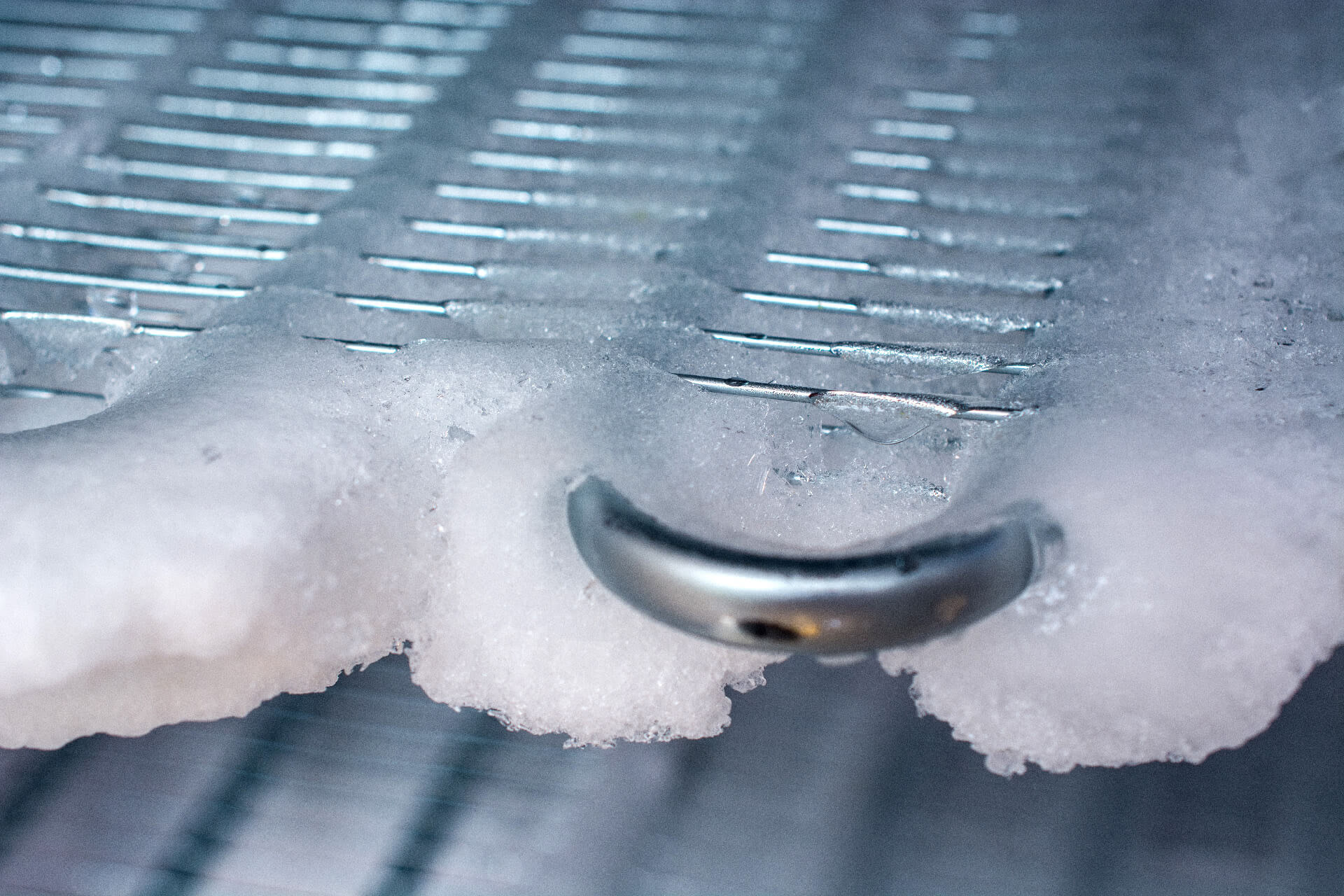
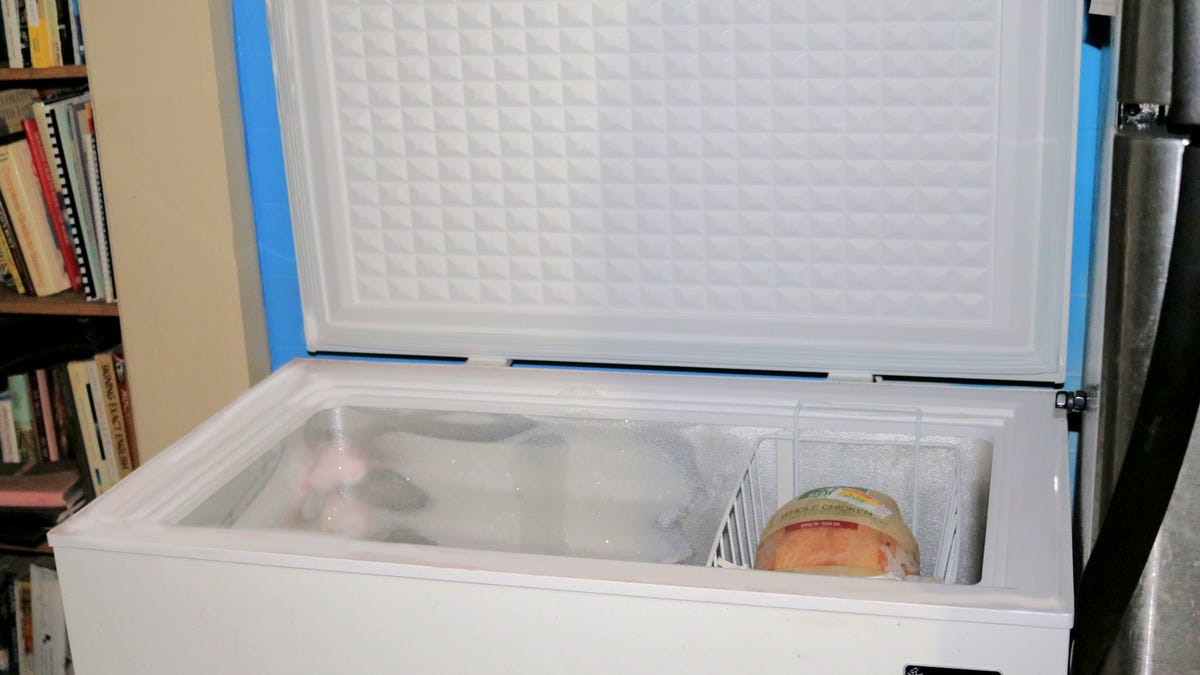
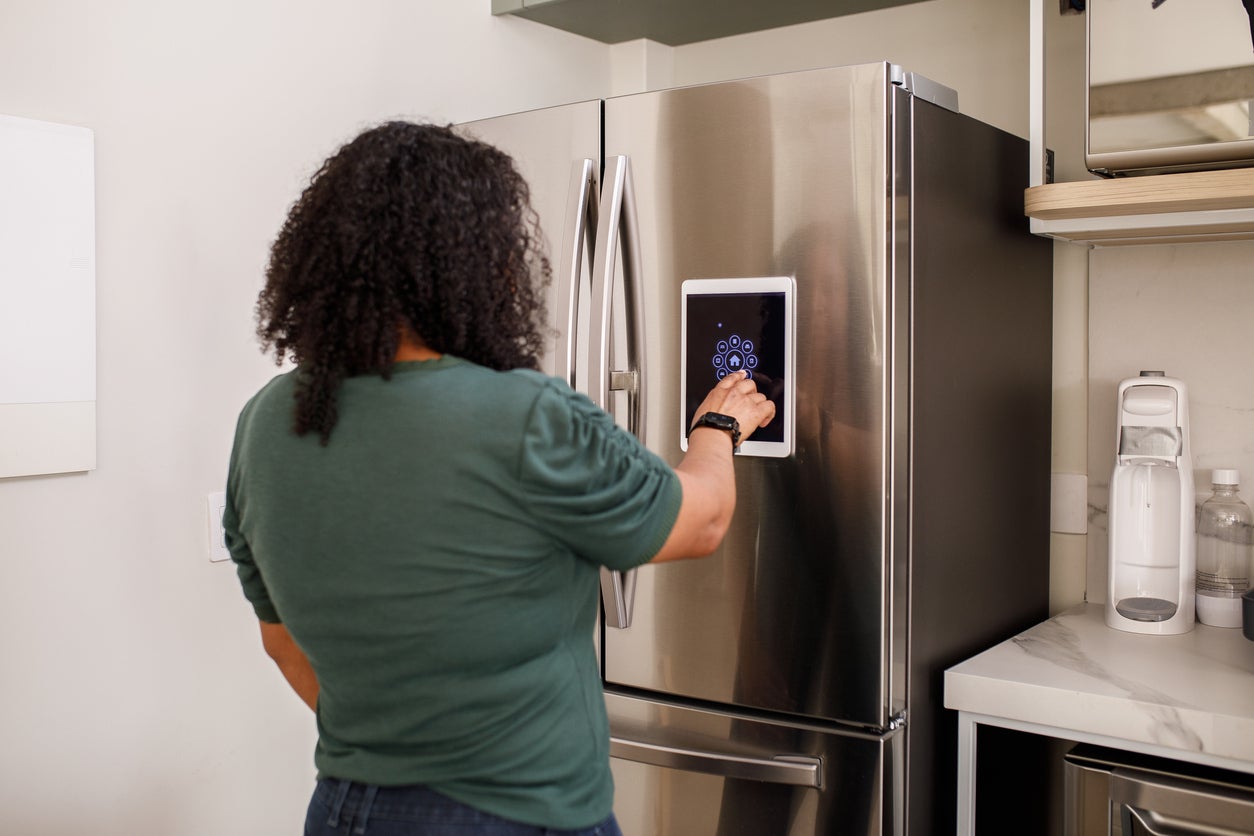
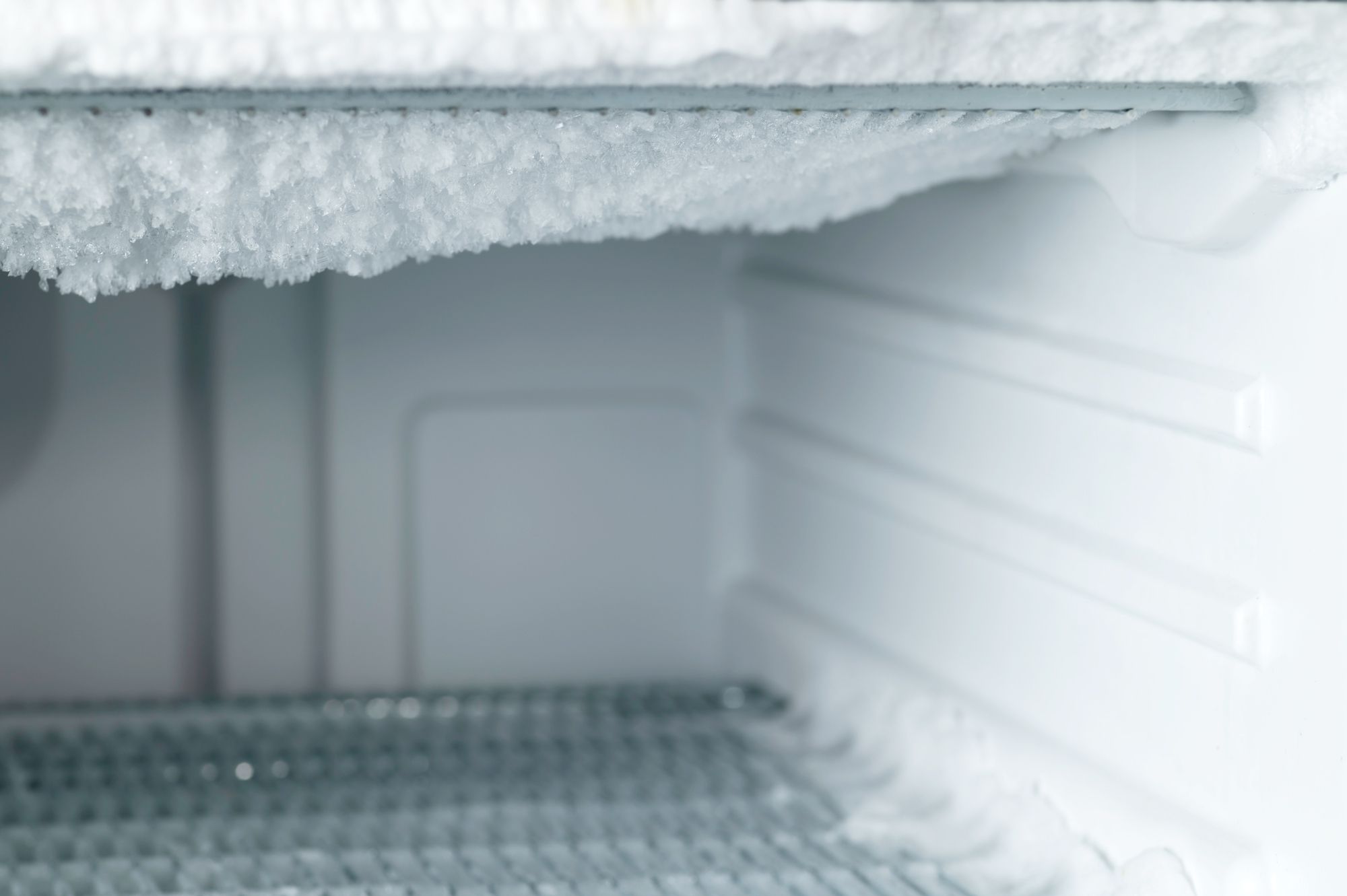
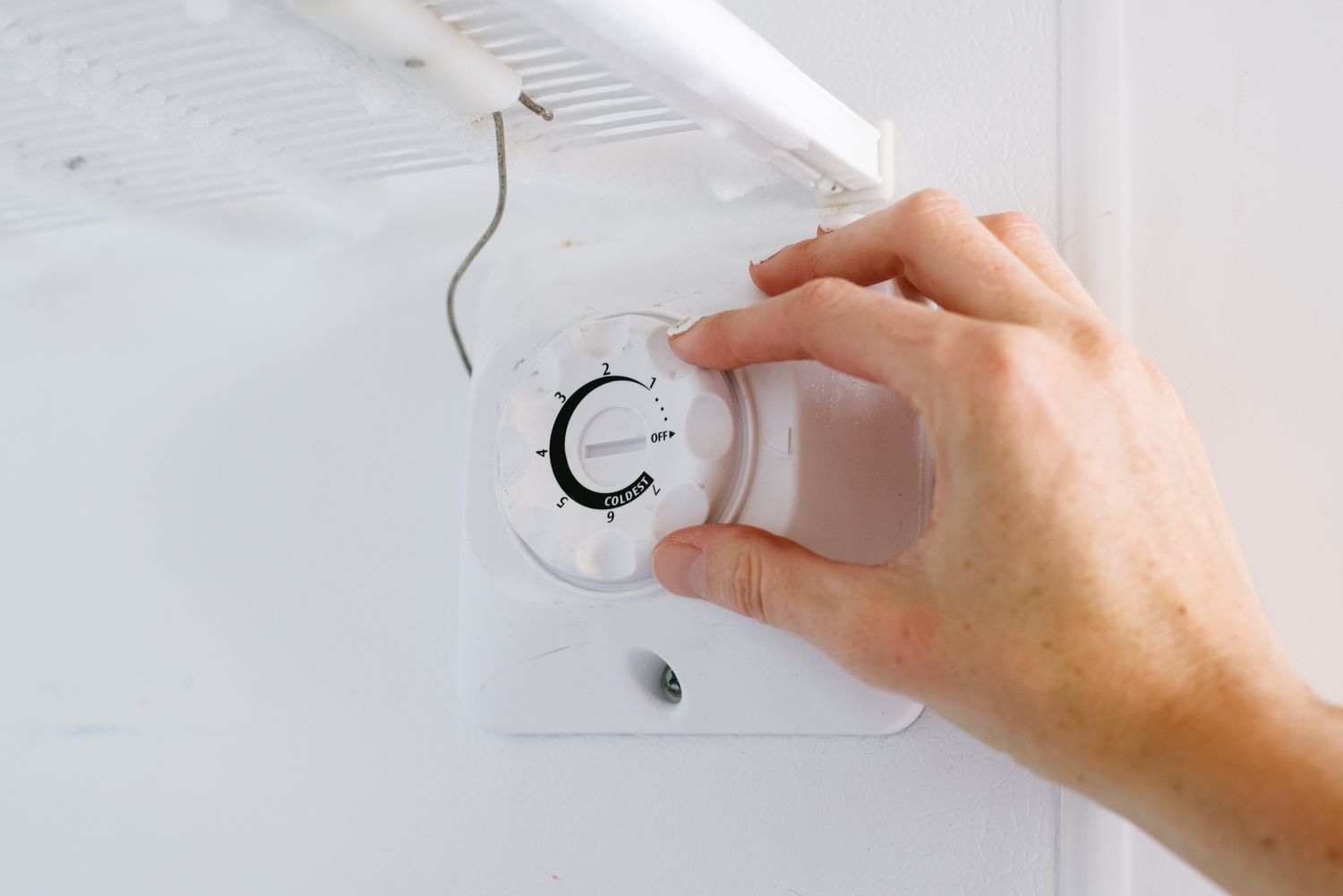
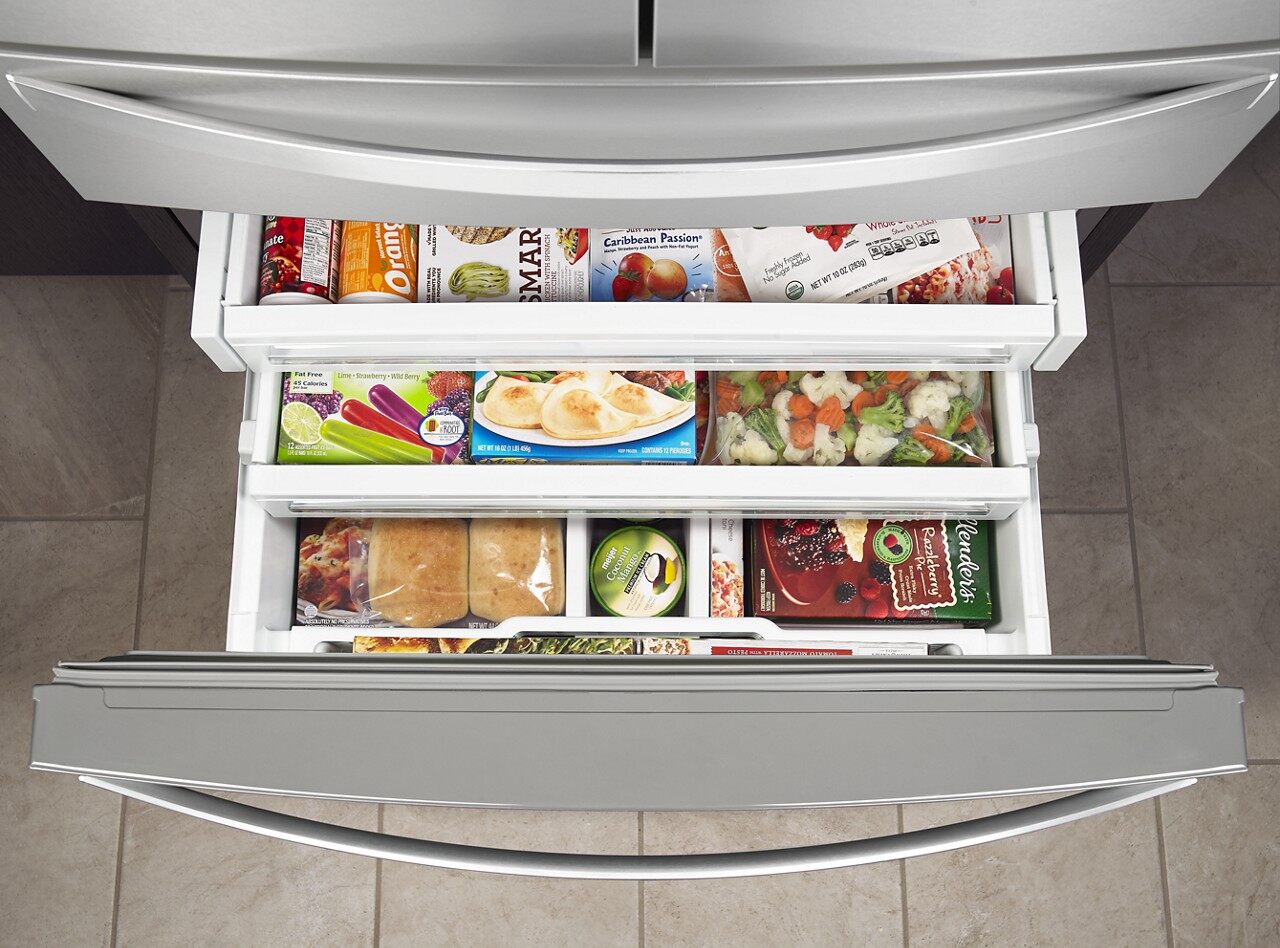
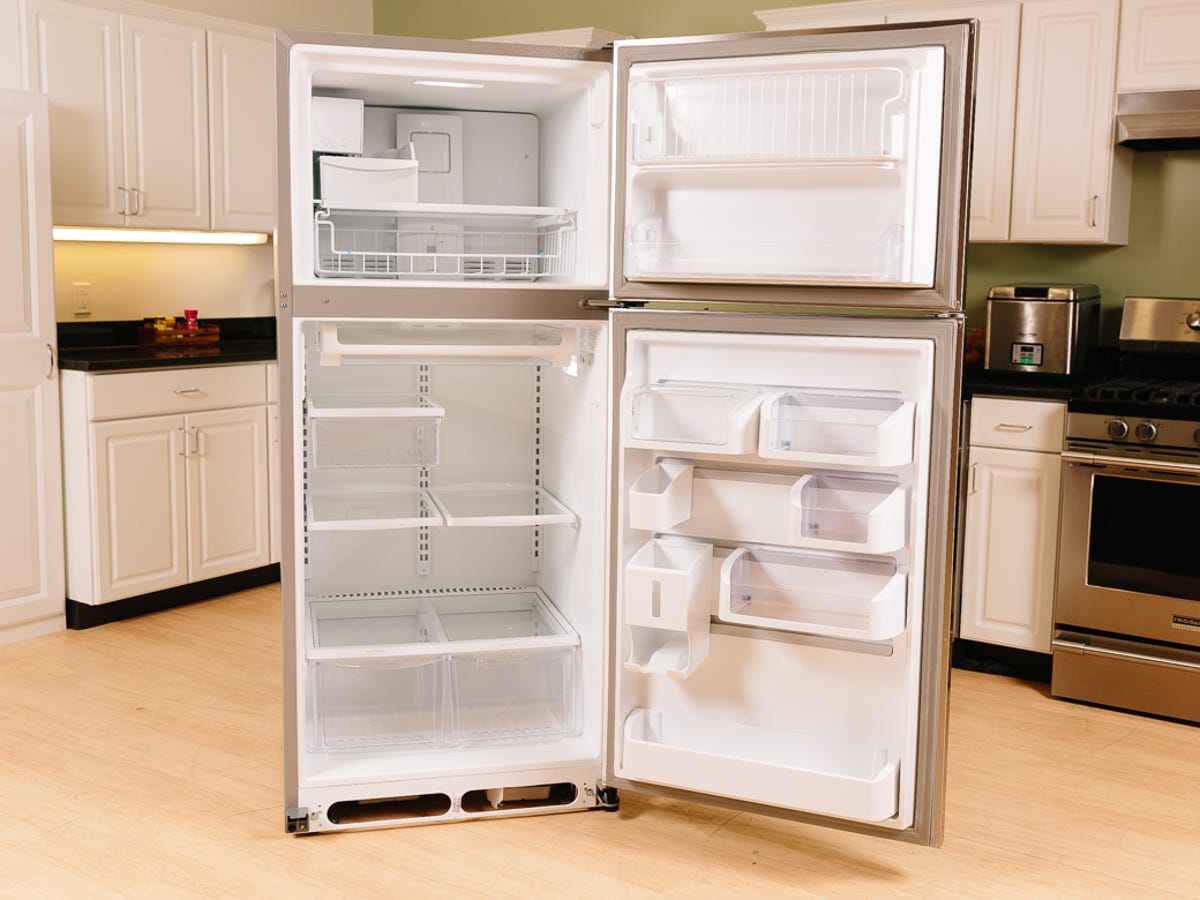
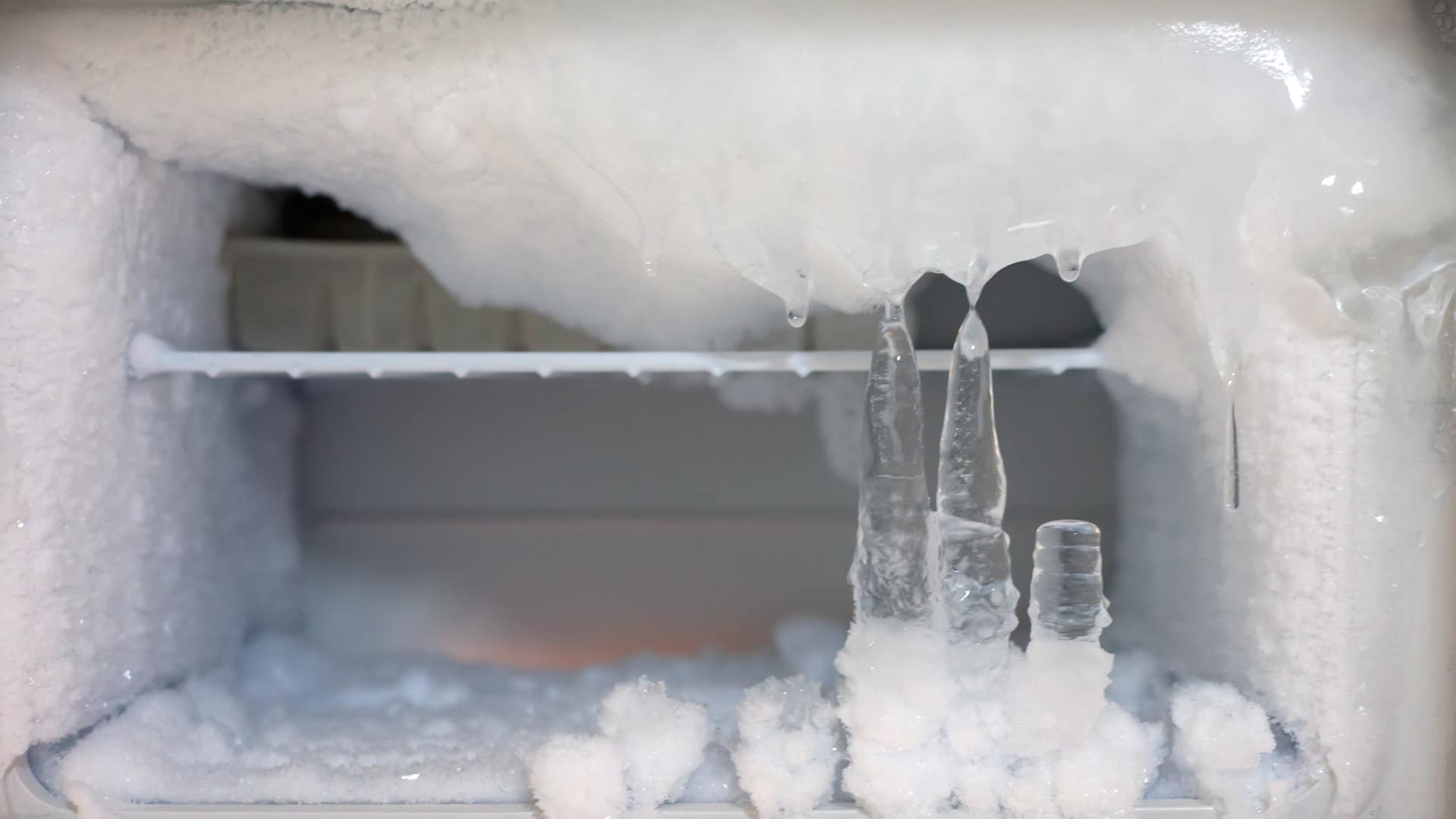
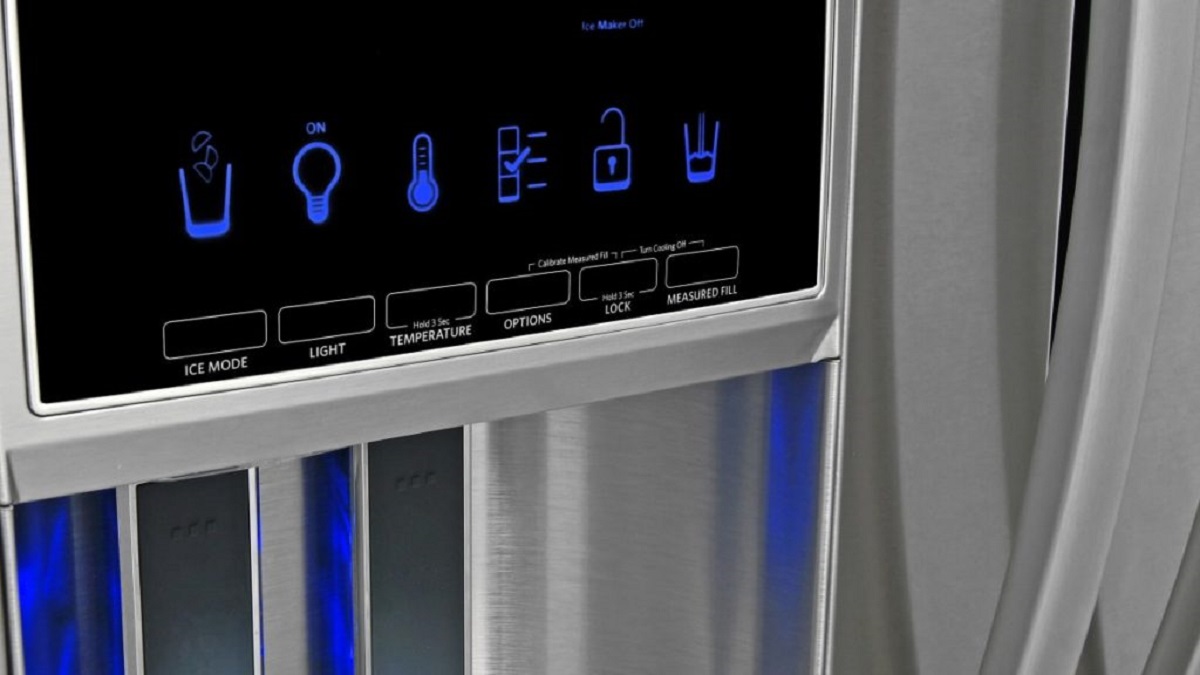
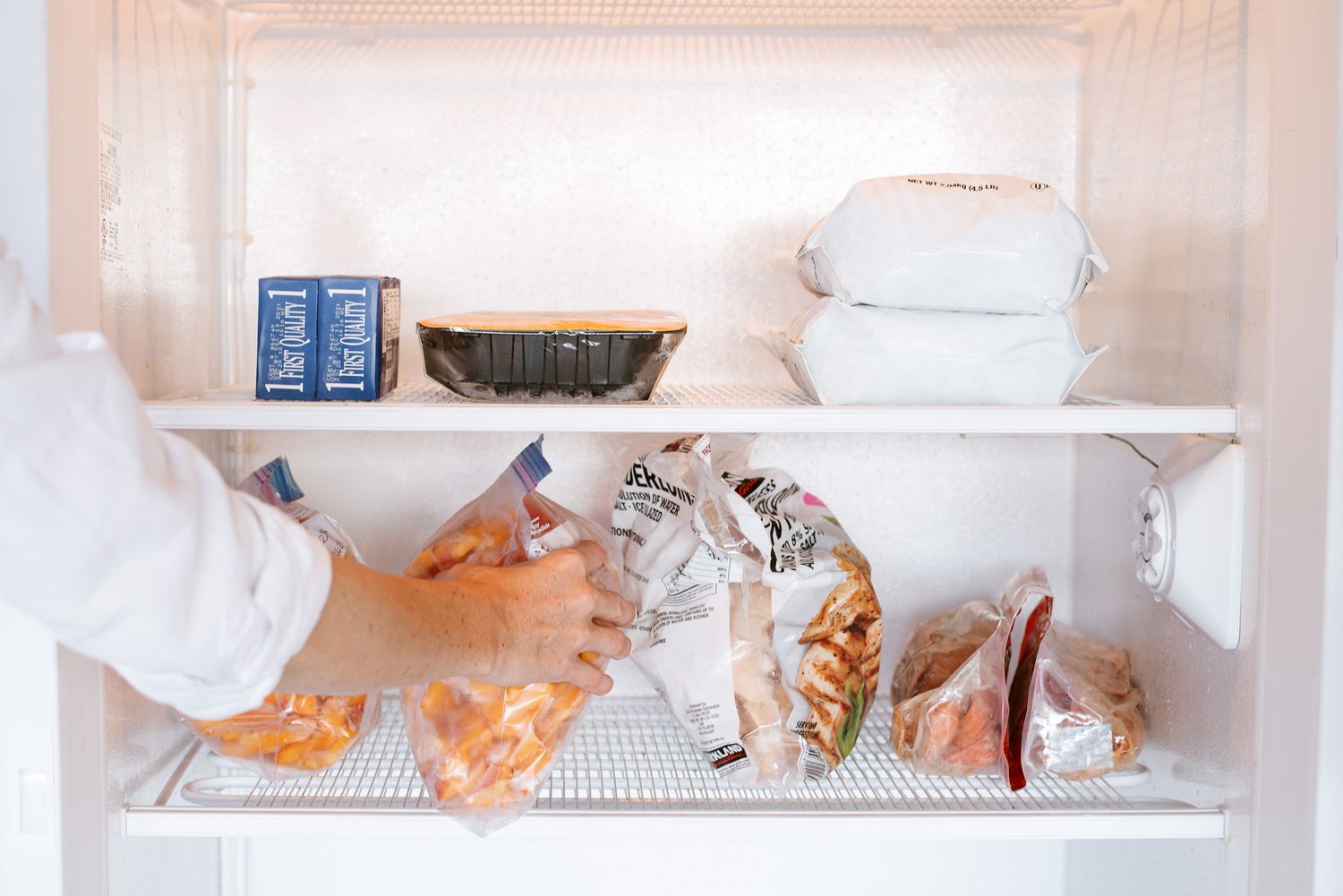
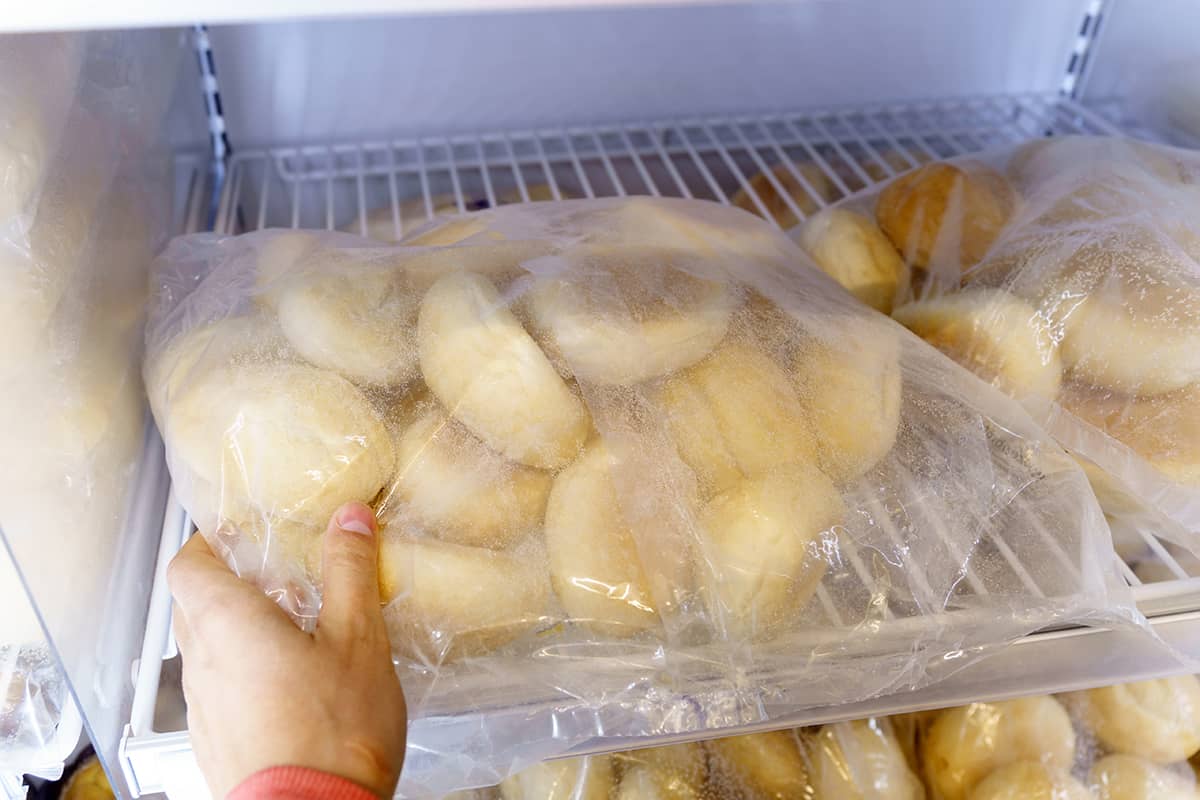
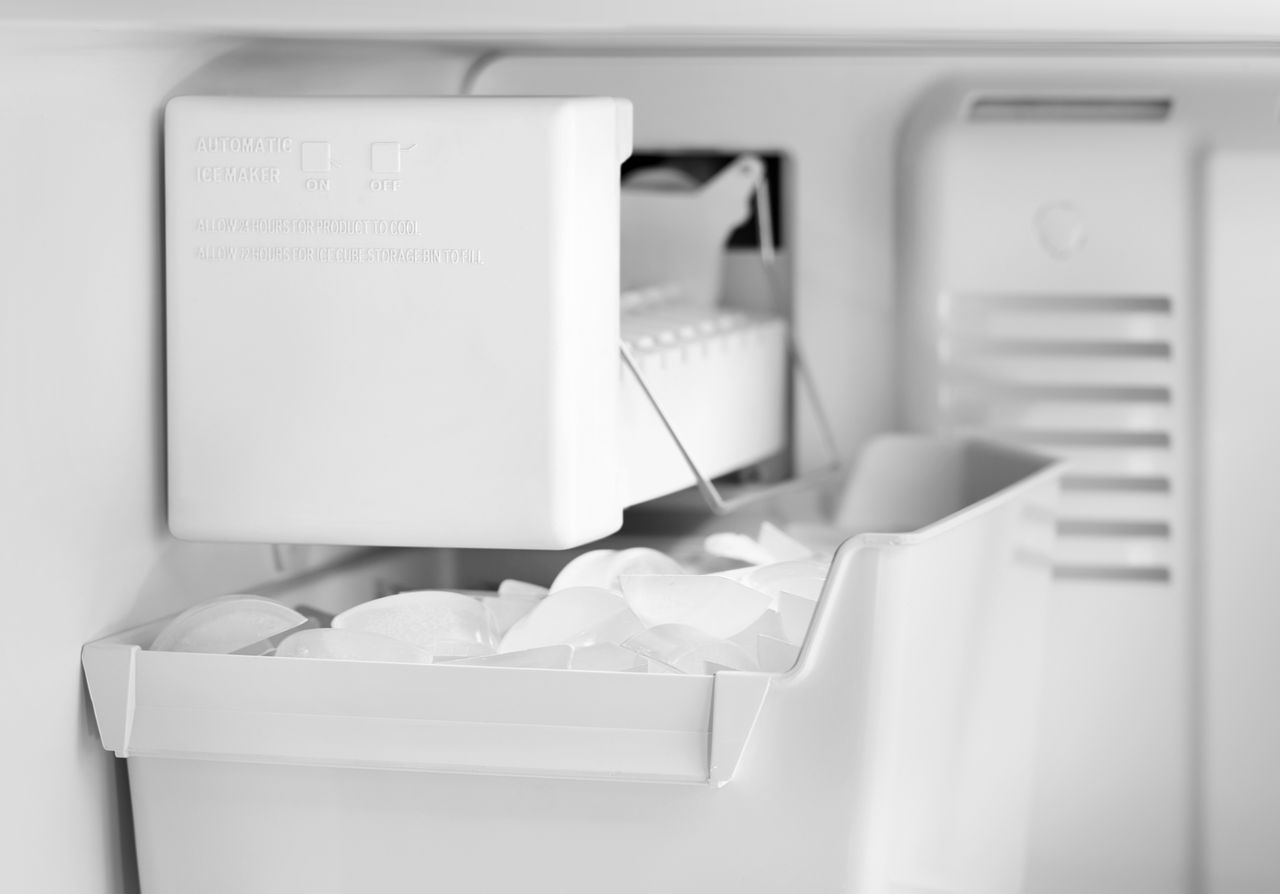
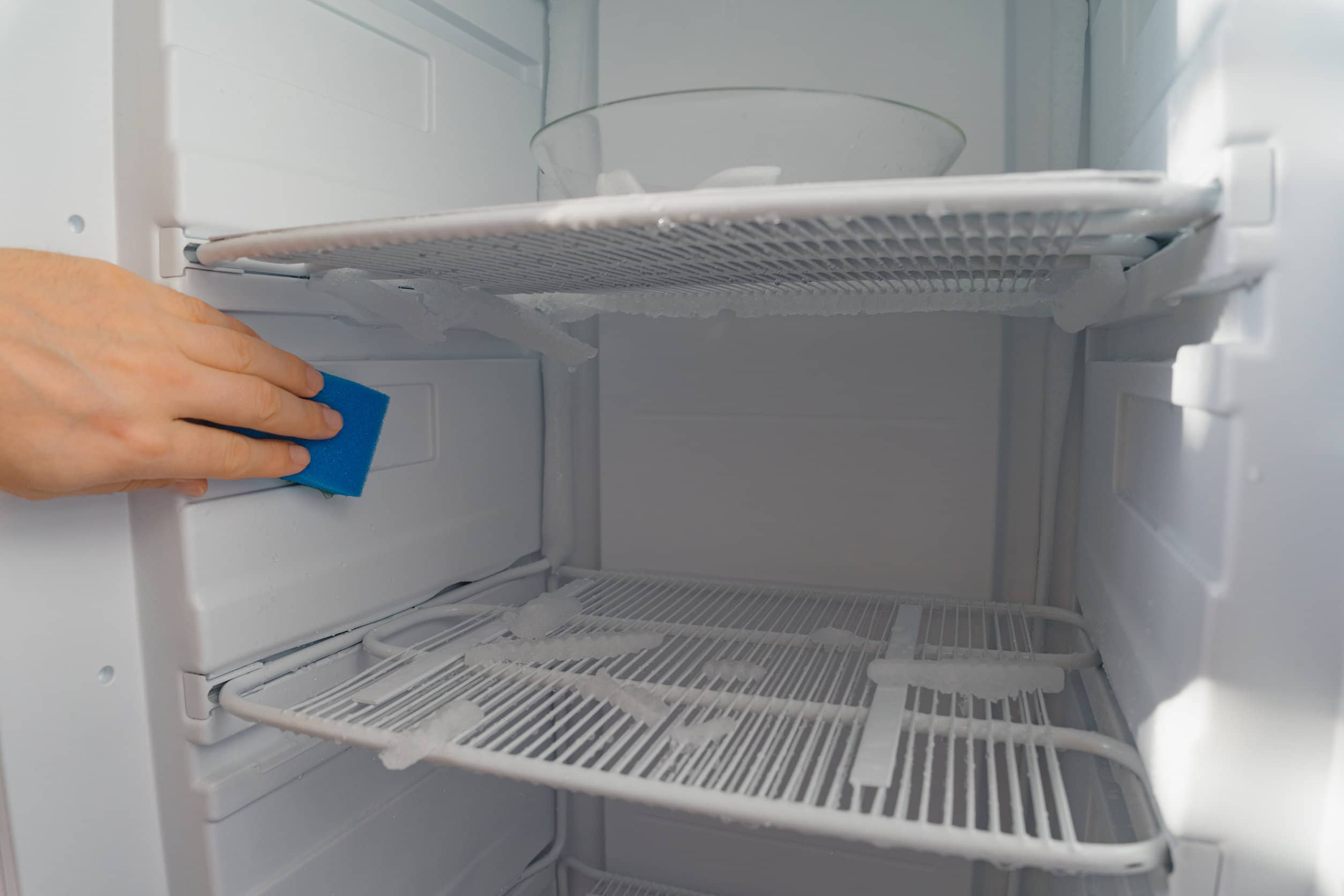
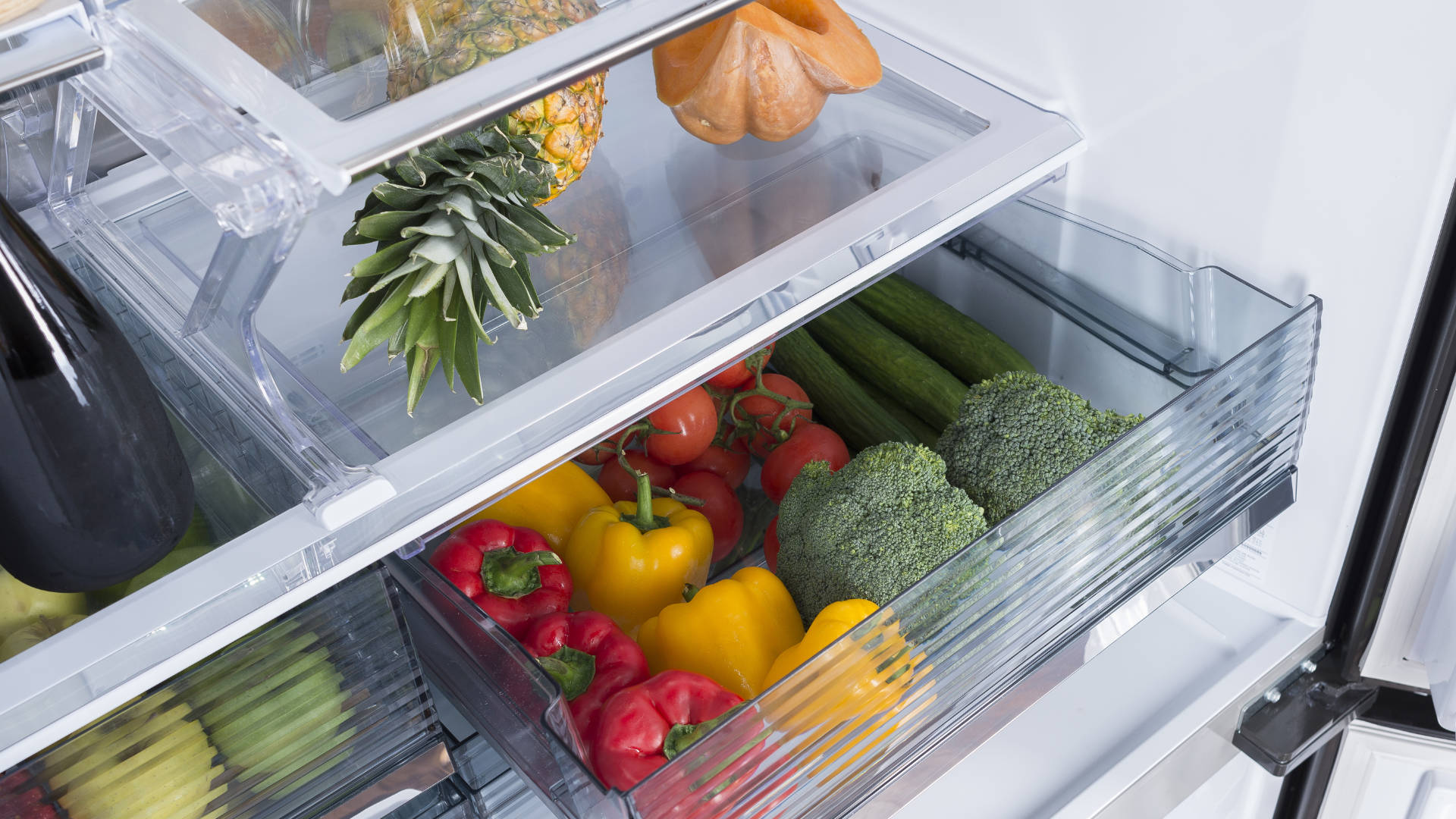

0 thoughts on “How To Defrost Fridge Freezer Without Turning It Off”